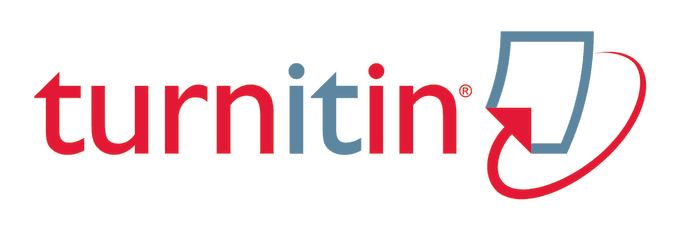The Influence of Microweb Public Relations Media Quality on the Image of the Ministry of Finance of the Republic of Indonesia
DOI:
https://doi.org/10.37535/101007220201Keywords:
The Quality of Public Relations Media, Microweb, Organizational ImageAbstract
The lack of standardization of website display in the scope of organizations that have many branch offices / verticals in Indonesia is still a problem and has a counterproductive effect on the image of the organization. The presence of Microweb is a solution to the problem within the Directorate General (Directorate General) of Treasury of the Ministry of Finance, this research aims to measure the influence of Microweb public relations media quality on the image of the organization. This research uses descriptive quantitative method with the population that is responsible for the public relations vertical office under the Directorate General of Treasury as the end-user who sees and operates microweb from the internal organization. Data Collection Method using questionnaires aimed at 70 samples. Sampling technique using proportional random sampling method, which then processed data using simple regression analysis. Dependent variables in this study are the image of the Directorate General of Treasury of the Ministry of Finance measured using the theory of image elements, while the independent variable is Microweb Quality as measured by the WebQual 4.0 method. Statistical results show a positive correlation between microweb quality to the image of the Directorate General of Treasury. Based on the research data, it was also concluded that the most Ability influential microweb quality indicators are Ease of Operation (95.7% positive response) and Visual Affairs (92.8% positive response), while in terms of imagery, it was concluded that respondents gave the highest value to Microweb's ability to improve the character of a professional organization (95.7% positive response).
References
Downloads
Published
Issue
Section
License
Bagi artikel yang dimuat di Jurnal Communicare, berlaku aturan Hak Cipta sebagai berikut:
- Jurnal Communicare adalah pemegang hak untuk mempublikasikan artikel untuk pertama kalinya.
- Penulis tetap memegang hak cipta atas karya tulis yang terbit di Jurnal Communicare, dan dapat menggunakan karyanya dengan bebas, selama tidak melanggar peraturan.
- Karya yang dimuat di Jurnal Communicare berada dibawah lisensi Creative Commons Attribution 4.0 International License















